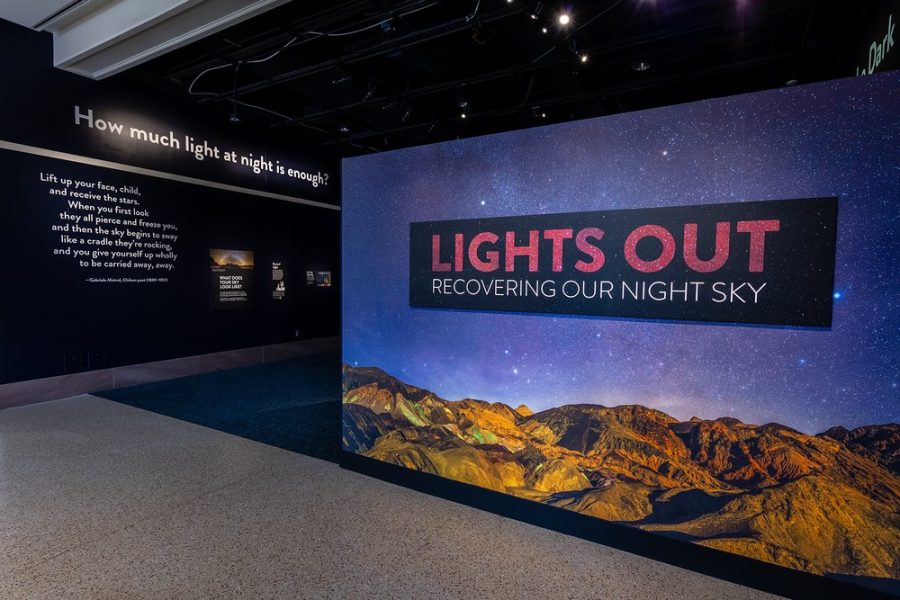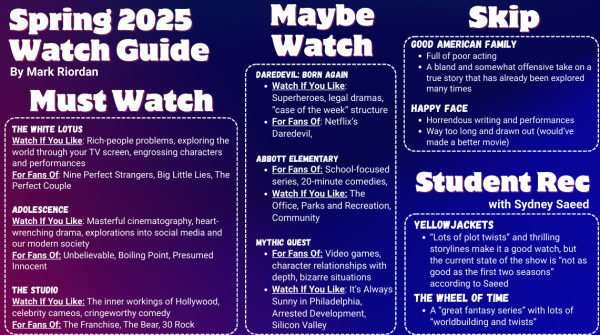Smithsonian exhibit raising awareness on light pollution
Brittany M. Hance; James D. Till
Image from IDA Chicago
The Smithsonian National History Museum of Natural History is hosting its “Lights Out” exhibit, which explores the effects of light pollution and ways to combat it. The exhibition opened on March 23 and will continue to be open until December 2025.
The exhibition aims to highlight how people can restore starry nights and remove light pollution through a multi-sensory experience that will include opportunities for visitors to listen to artificial light and starlight in the sky, along with interactive displays which allow visitors to experience the night sky in urban, suburban, and rural areas and showcases photographs and art displays highlighting the impact of light pollution on the environment.
Light pollution has been becoming an increasingly prevalent issue. According to the American Astronomical Society, light pollution of the world’s night skies has increased by as much as 10% per year since 2011.
“In just the US alone, almost every single household uses electronic light fixtures which causes several major issues,” said humanities junior Ian Bui. “One being the inability to see the night sky and the other being the destruction of animal habitats.”
Light pollution has a significant toll on wildlife, as artificial light prevents animal and floral species from being able to perform their basic abilities, such as resting, feeding, and reproducing, needed to survive, such as harming corals’ moonlight triggered reproduction or bats’ abilities to pollinate flowers.
“Nocturnal animals are also having their circadian rhythms thrown off, causing them to be active during the time of day when they should be hiding and resting,” said biology teacher Ms. Terese Robichaud” “This can cause added stress and anxiety for the animal, making it difficult for them to live and successfully reproduce.”
Space scientists and astronomers have also found it difficult to pursue their observations and studies of the universe as views of the night sky have become increasingly obstructed by artificial light.
Visitors, through this exhibit, can learn about the cultural impact losing the night sky has on different populations.“Lights Out” includes a theater program which explores stories of the night sky from around the world, specifically cultures like the Greeks and the Maori in New Zealand whose cultures and histories have centered around the night sky.
“The night sky belongs to everybody—this is humanity’s common heritage. …” said archaeologist for the Smithsonian Natural History Museum, Stephen Loring, in an article for the Smithsonian Magazine. “Celestial beauty is something sacred that is shared across human cultures around the globe.”
“Lights Out” hopes to educate their visitors about some of the actions they can take to help reduce the effects of light pollution, including aiming outdoor lights downwards and reducing them to the dimmest settings. Most importantly, the exhibit will be bringing more awareness about light pollution.
“I think awareness of what light pollution is is critical because we have become a 24 hour society [and] identifying the root cause and providing realistic solutions is so important for real change,” said Ms. Robichaud.

Ishani is a junior in the Humanities program. This is her first year with The Pulse. Outside of school, she is involved with the Poolesville Forensics...









